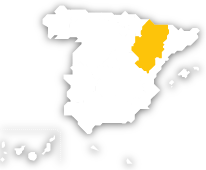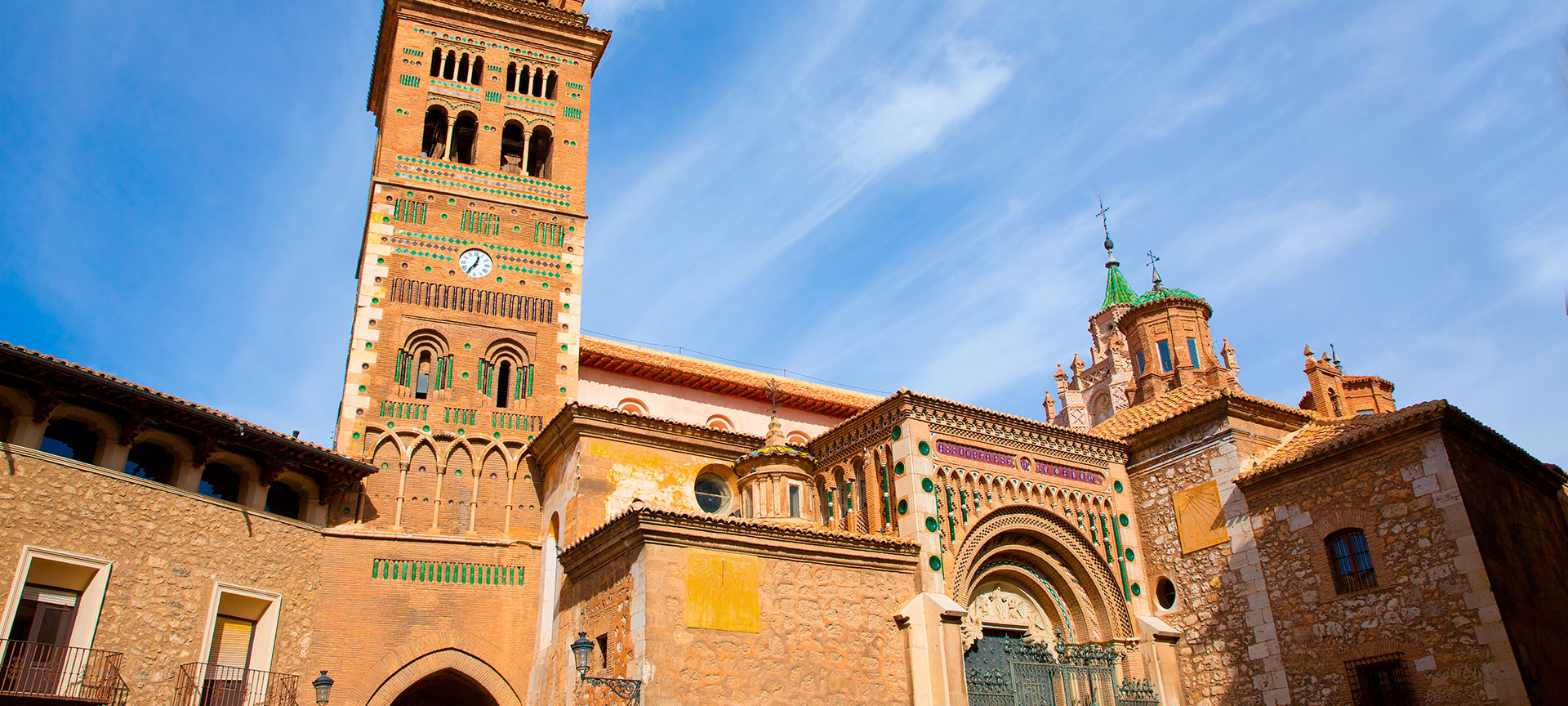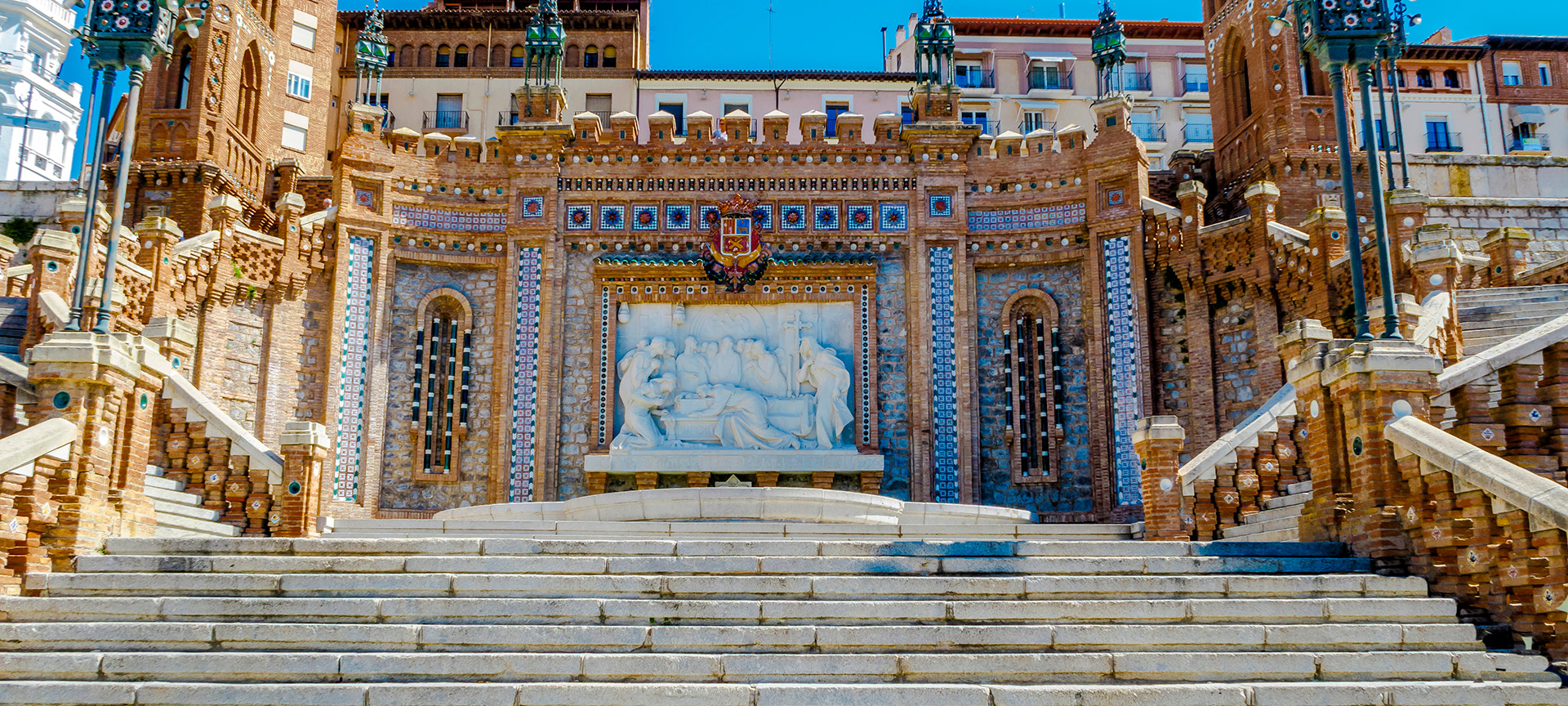
Mudejar architecture in Aragon

Aragón
Mudejar at its peak
The symbiosis of techniques and ways of understanding architecture resulting from Jewish, Muslim and Christian cultures living side by side gave rise to a new style called Mudejar, which reached its peak in the city of Teruel.
The Mudejar style, resulting from Jewish, Muslim and Christian cultures living side by side, emerged as an architectural style in the 12th century on the Iberian peninsula. It is characterised by the use of brick as the main material. Mudejar did not involve the creation of new shapes or structures (like Gothic or Romanesque), but reinterpreting Western styles through Muslim influences. It is accepted that the Mudejar style was born in Toledo, as an adaptation of architectural and ornamental motifs (especially through decoration with plasterwork and brick).Mudejar extended northwards (Leon, Ávila, Segovia, etc.) giving rise to what has been called 'brick Romanesque'.Centres of Mudejar art are found in other cities, like Sahagún, Toro, Cuéllar, Arévalo and Madrigal de las Altas Torres. It became most highly developed mainly in Aragon, especially in Teruel (although also in Zaragoza, Utebo, Tauste, Daroca, Calatayud, etc.). During the 13th, 14th and 15th centuries, many imposing Mudejar-style towers were built in the city of Teruel, changing the physiognomy of the city right down to the present day. The most notable are the cathedral tower (1257), the tower of the church of La Merced (late, from 16th C.), the tower of San Martín (1315), the tower of the church of San Pedro (14th C.) and the tower of the church of El Salvador (12th-13th C.). Mudejar in Teruel brought in a new characteristic by leading to a fusion between the incipient Gothic style and the Muslim influences that had previously been superimposed on late Romanesque. Its best examples are these square towers, with large surfaces decorated with glazed ceramic and red brick.
Mudejar architecture in Aragon
- (Aragón)
Activa JS
Next tours








